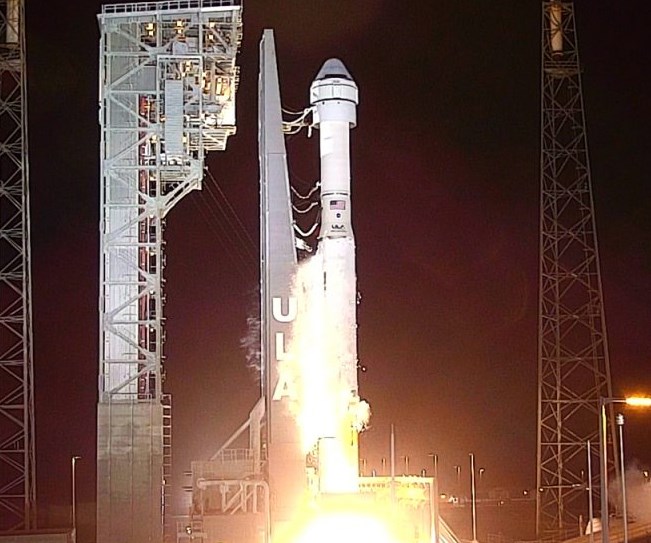Boeing Starliner experiences anomaly during orbital flight test
While an off-nominal orbital insertion has changed plans for the mission, Starliner is in stable orbit.

Source | NASA
Boeing’s Starliner spacecraft was launched for an uncrewed orbital flight test on Dec. 20 aboard an Atlas V rocket. However, after a successful launch, the spacecraft experienced an anomaly during its orbit insertion (the operation of adjusting momentum to enter a stable orbit) and NASA (Washington, D.C., U.S.) announced the spacecraft had used too much fuel during the maneuver and would be unable to rendezvous with the International Space Station (ISS) as planned.
The intended mission was to have Starliner dock with the space station, rehearsing the flight path it will take for its first crewed mission. While the off-nominal orbital insertion has changed plans for the mission, the craft is in stable orbit and NASA is working on next steps.
“The spacecraft is currently in safe, stable configuration,” said Boeing spokesperson Kelly Kaplan. “Boeing and NASA are working together to review options for the test and mission opportunities available while the Starliner remains in orbit.”
NASA was aiming for a crewed Starliner mission in 2020. It is currently unclear how the OFT anomaly will affect that schedule.
NASA Administrator Jim Bridenstine emphasized that were this a crewed mission, the crew would be safe and in fact would have been able to override the autonomous system and correct course.
In the meantime, Space X is also working with NASA toward a crewed mission in 2020 with its Crew Dragon spacecraft. While the Crew Dragon has completed an uncrewed flight test to the ISS, it still needs to complete a test of the capsule's emergency abort system — a test that Starliner successfully completed on November 4.
Related Content
-
Low-cost, efficient CFRP anisogrid lattice structures
CIRA uses patented parallel winding, dry fiber, silicone tooling and resin infusion to cut labor for lightweight, heavily loaded space applications.
-
“Structured air” TPS safeguards composite structures
Powered by an 85% air/15% pure polyimide aerogel, Blueshift’s novel material system protects structures during transient thermal events from -200°C to beyond 2400°C for rockets, battery boxes and more.
-
Plant tour: Airbus, Illescas, Spain
Airbus’ Illescas facility, featuring highly automated composites processes for the A350 lower wing cover and one-piece Section 19 fuselage barrels, works toward production ramp-ups and next-generation aircraft.






